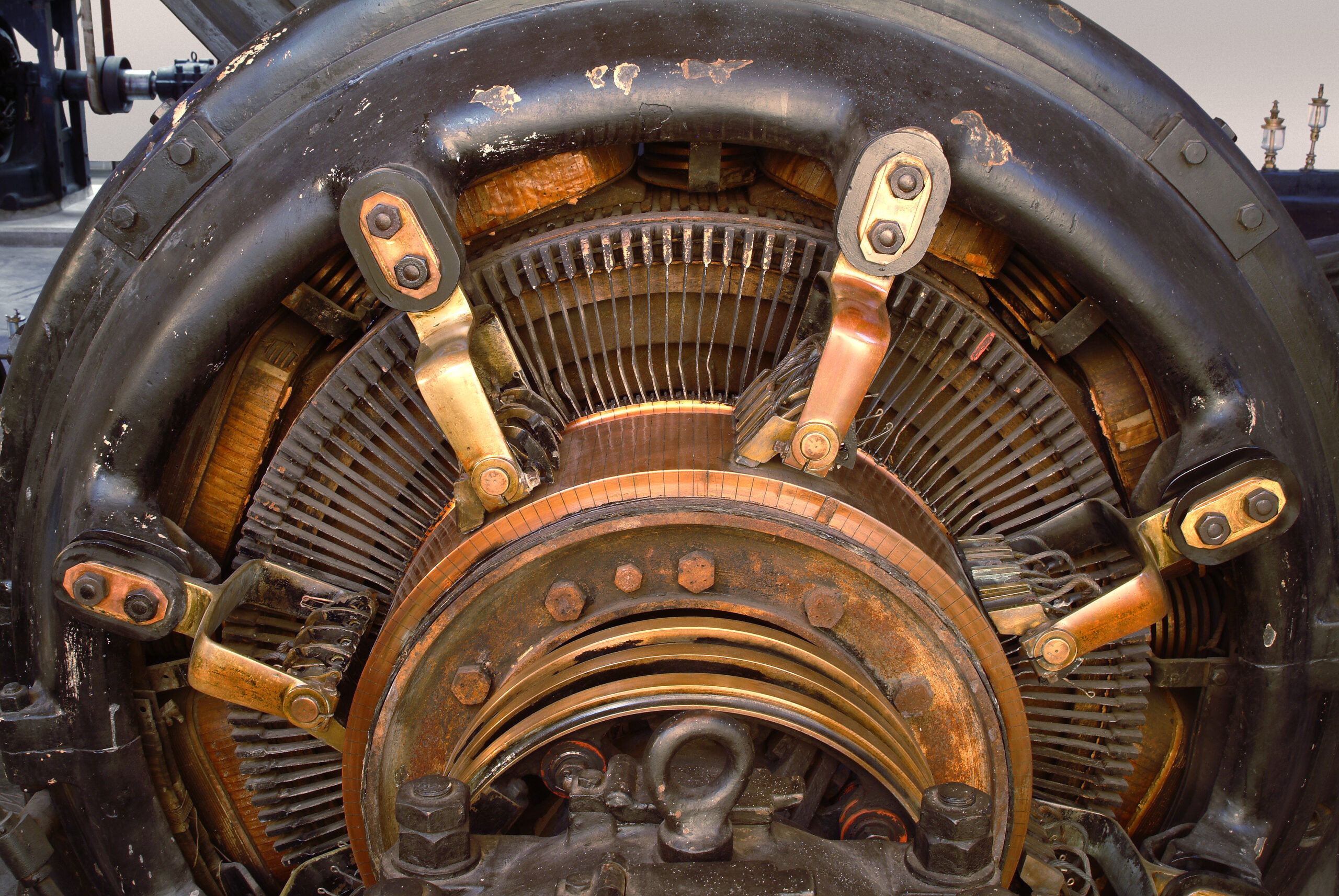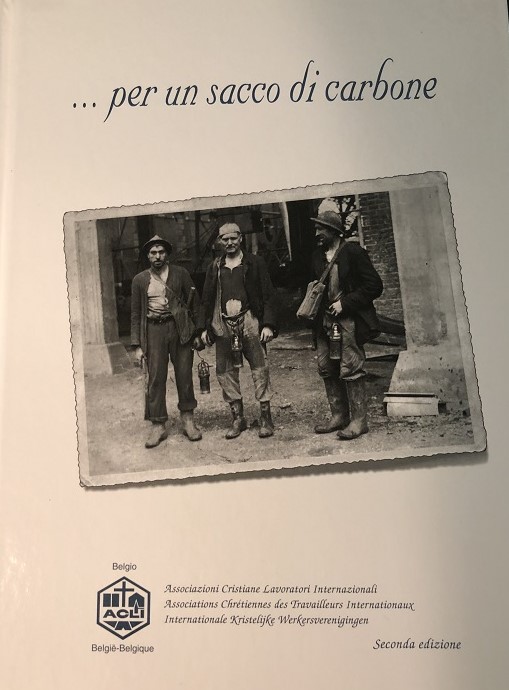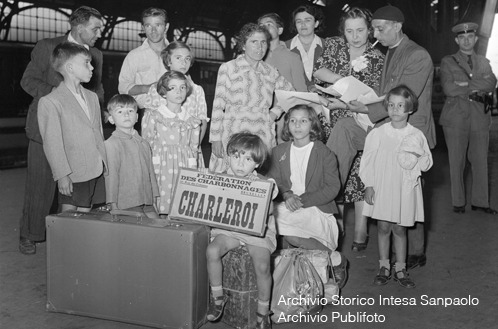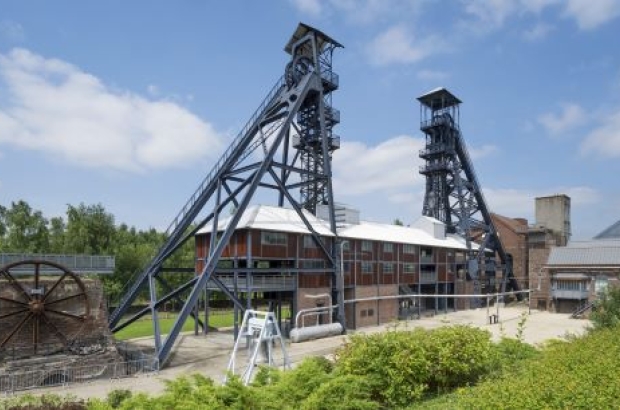- Daily & Weekly newsletters
- Buy & download The Bulletin
- Comment on our articles
Bois du Cazier: Commemoration of 67th anniversary of Marcinelle mining tragedy on 7 & 8 August
Annual commemorations will take place in Charleroi on 7 and 8 August in memory of one of Belgium’s worst ever mining disasters.
They mark the 67th anniversary of the deadly fire at Bois du Cazier mine in Marcinelle in 1956 when 262 miners perished. The majority were immigrants and included 136 Italian victims. Among them was a British mining engineer who was visiting that fateful day on a fact-finding trip.
Today, the site is preserved as an industrial heritage site with a museum and memorial centre that received Unesco recognition in 2012.

The public commemorations begin on 7 August at 17.00 in the Grand-Place of Marcinelle, south of Charleroi. They continue on 8 August at 8.05, almost coinciding with the time the fatal fire broke out.
In the main square of the old mine a bell donated by Italian bell makers will chime 262 times, once for each lost miner. A lone voice will then call out the names of the victims.
Former miners and relatives of victims’ families are expected to attend the ceremonies, although very few miners who worked at the pit are still alive. Antonio Tajani, a former Italian MEP and president of the EU Parliament and current Italian foreign minister, may also be present.
Disaster struck on 8 August 1956 at 8.10 when a hoist mechanism was triggered before a coal wagon had been fully loaded into the cage. Two high voltage electric cables ruptured, sparking the fire. It was aggravated by oil and air lines being damaged with much of the winch mechanism was destroyed.
Carbon monoxide and smoke spread along the mining galleries. A few minutes later, seven workers managed to reach the surface, enveloped in thick black smoke. Despite brave rescue attempts, only six other miners were saved.
The disaster provoked unprecedented emotion and solidarity in Belgium and abroad. In the ensuing weeks, media around the world reported on the rescue operations that included help from the neighbouring mining regions of northern France and Ruhr in Germany.
Families of the trapped men clung desperately to the mine’s gates in the hope of survivors being found. But on 23 August, a rescuer finally announced “Tutti cadaveri” (all corpses). The remains of the majority of the missing miners were found behind an air tight door where they had tried to escape the fire.
Veteran Italian journalist Maria Laura Franciosi has researched the tragedy and played a significant role in setting up a museum on the site.

She met a miner in Brussels in 1995 who told her, "I was bought for a bag of coal”. This was to be the title of her 400-page book about the tragedy, Per un sacco di carbone, published in Italian and French in 1996. It contains the stories of 150 miners.
She was then working for ANSA, the Italian News Agency as deputy chief of office and had contacts with local journalists who helped her campaign to preserve the site of the devastated mine.
“When Charleroi decided that the site of the mine should be rejuvenated by transforming it into a shopping centre, I was called by miners in the area and they asked me to try to help them save the memory of their friends,” she explains.
Instrumental in helping her was the president of the Associazione Minatori Marcinelle, Silvio Di Luzio. The miner from Abruzzo had been engaged in safety operations in the mine during the search for survivors. He had previously been trained together with other miners to intervene in rescue operations.
Franciosi recounts: “It took several weeks for the safety teams, miners who knew every area of the mine, to find the bodies. Those who did not die in the fire were killed by the lack of oxygen or drowned in water that the fire brigade had been throwing into the mine. It was a massive tragedy.”

Bois du Cazier was an important coal mine in the Walloon coal basin in the province of Hainaut, known as ‘the black country’. To recruit miners after WWII, Belgium introduced guest worker programmes with the first such agreement made in 1946 with Italy.
“The reality was that thousands of people were sent to work in those Belgian mines even if they had no training for that job,” says the journalist and author.
“There were 1,000 workers leaving Milan by train every week. When they arrived in Belgium they were chosen by the mines’ managers at the train station and sent to the ‘cantines’ where they shared bunk beds with others and were sent to work in mines the following day,” she adds.
Even before the disaster, many miners died or suffered serious health complications due to the accumulation of coal dust in their lungs.
Despite little legal pursuit of those responsible for the disaster, the catastrophe was to leave a major legacy in Belgium and Europe and is commemorated at the site each year.
The Italian community, which represented the largest immigrant population in Belgium until the beginning of the 21st century, remains actively involved in remembering the tragedy.
Although Belgium had played a pioneering role in the industrial revolution that shaped 19th- and 20th-century Europe, its coal mines gradually closed down from the 1960s.



















